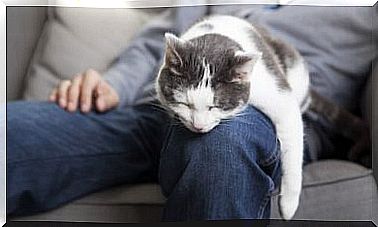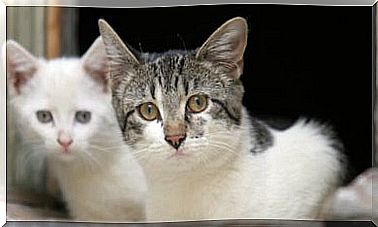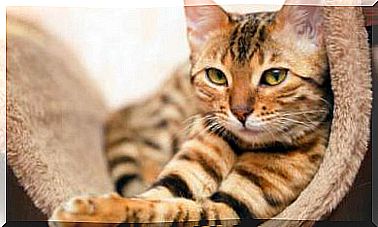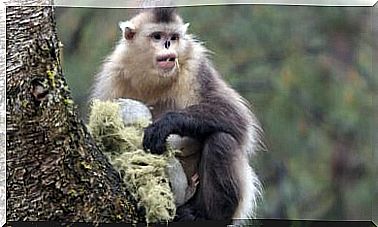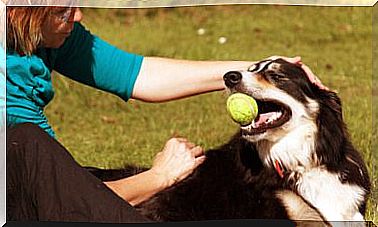Pupil Dilation In Dogs
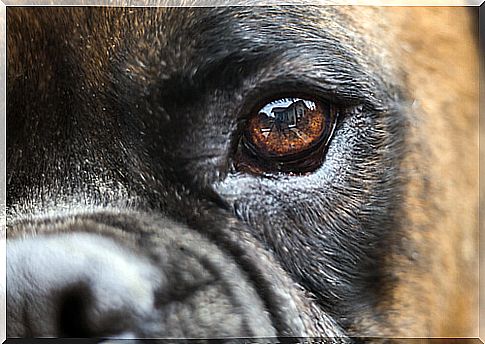
If you have ever taken a photo of your dog or stared at it at night, you may have noticed that its eyes glow in the dark, perhaps due to the light emitted by the light from the camera flash. This happens due to the dilation of the pupils in dogs. Do you want us to tell you more about it?
The eyes of dogs are usually beautiful and intense during the day, but at night they seem to transform. They emit a green, or sometimes yellow or purple glow, which the truth is that surprises us. What makes this phenomenon happen?
Let’s meet the canine eye
Before knowing why certain phenomena occur in the eyes of our dogs, we must try to understand how it is constituted.
The retina, which is the back of the eyeball, is made up -in part- of rods and cones, two cells with high sensitivity to light. The cones perceive the color and the sharp image, while the rods perceive the movement, and are very sensitive to low light.
Dogs have retinas with more cones than rods, which helps them see better than we do in the dark. However, they have fewer cones than we do, which prevents them from displaying colors with the same range and intensity as people.
Light enters through the pupil, which is dilated. From there it passes to the crystalline lens , a lens that the larger it is, the more light it is capable of absorbing.
The reason for dilated pupils in dogs
Looking a bit at the composition of the dog’s eye, you have to understand why the pupils dilate and why the eyes of our pets glow in the dark.
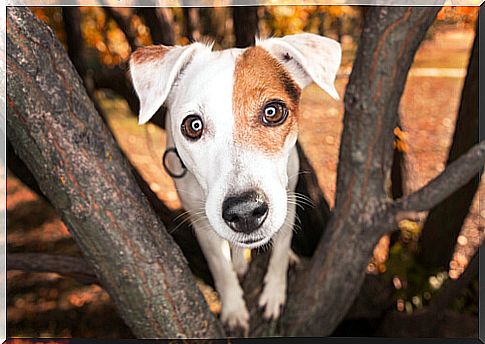
According to recognized ophthalmologists who are dedicated to the study of the vision of animals, canine eyes react to light differently from us. The cause is because they have a surface that reflects light and is known as the tapetum lucidum, which is located between the optic nerve and the retina.
The tapetum lucidum acts like a mirror that reflects light; and sends it to the rods and cones so that they can absorb it in low light, such as at night.
Dr. Miller of the Animal Eye Clinic in Memphis explains verbatim:
“This is an adaptive characteristic of animals that have a tendency to hunt during sunset and sunrise. The eyes of these animals are made for low light vision: dogs, cats, cattle, deer, horses, and ferrets. However, humans and primates do not have the tapetum lucidum, like squirrels, because they are more active during the day; their retinas are designed for a vision with greater light ”.
Why is the brightness of the eyes different in color?
When we see dilated pupils in dogs, they can present different colors. This happens because of the amount of zinc or riboflavin that the animal has. Depending on how much it contains, the color of the brightness of your eyes may be presented in one way or another.

Another aspect that can influence is the color of the animal’s hair. For example, white-haired dogs with light eyes normally have a reddish glow in their eyes, while dark-haired dogs normally have blue to purple.
Age is another influencing factor, as eye lenses thicken and perceive less light outside. This can alter the color of the glitter in your eyes.
All dogs, according to experts, are born with a tapetum lucidum that ranges from blue to purple, although after 16 weeks of age, this can vary. That is why, in some, they are presented in a yellow or green tone. There is no very very clear rule in this regard.
Have you ever wondered why dogs have dilated pupils and why their eyes glow in the dark? Well now you know!


